Today we're giving you the facts about Morocco - 30 things you (maybe) didn't know. We have travelled to Morocco three times, including visits to Marrakech, Agadir, Taroudant, the Atlas Mountains and the Sahara. Here we summarise some exciting facts about Morocco.
Table of contents
Facts about Morocco
Morocco is an exciting, fascinating and colourful country. It has everything from the open spaces of the Sahara to the fairytale city of Marrakech and the more touristy and relaxed Agadir. You can travel to Morocco for sun and sea, for adventure holidays or to discover more about culture and history. We've gathered some exciting facts about Morocco, so stay tuned!
1. Morocco has a land border with Spain
Morocco borders the Spanish exclaves of Ceuta, Melilla and other Plazas de Soberanía. These areas are located in North Africa but belong to Spain and therefore Europe.
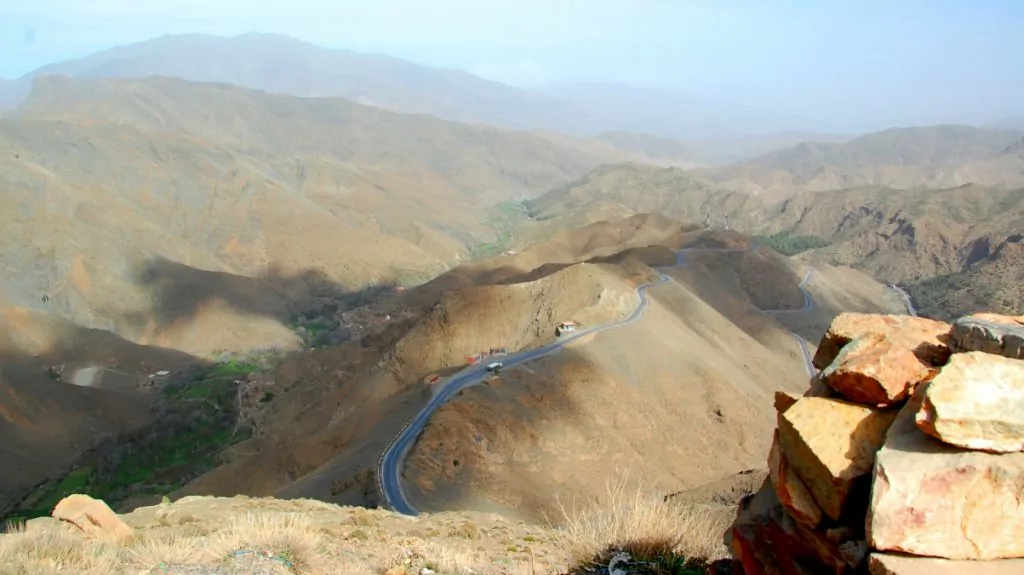
2. Morocco is ruled by the second oldest dynasty in the world
King Mohammad VI of Morocco belongs to the Alaouite dynasty, which has ruled Morocco since 1664. The only older dynasty in the world is the Japanese dynasty.
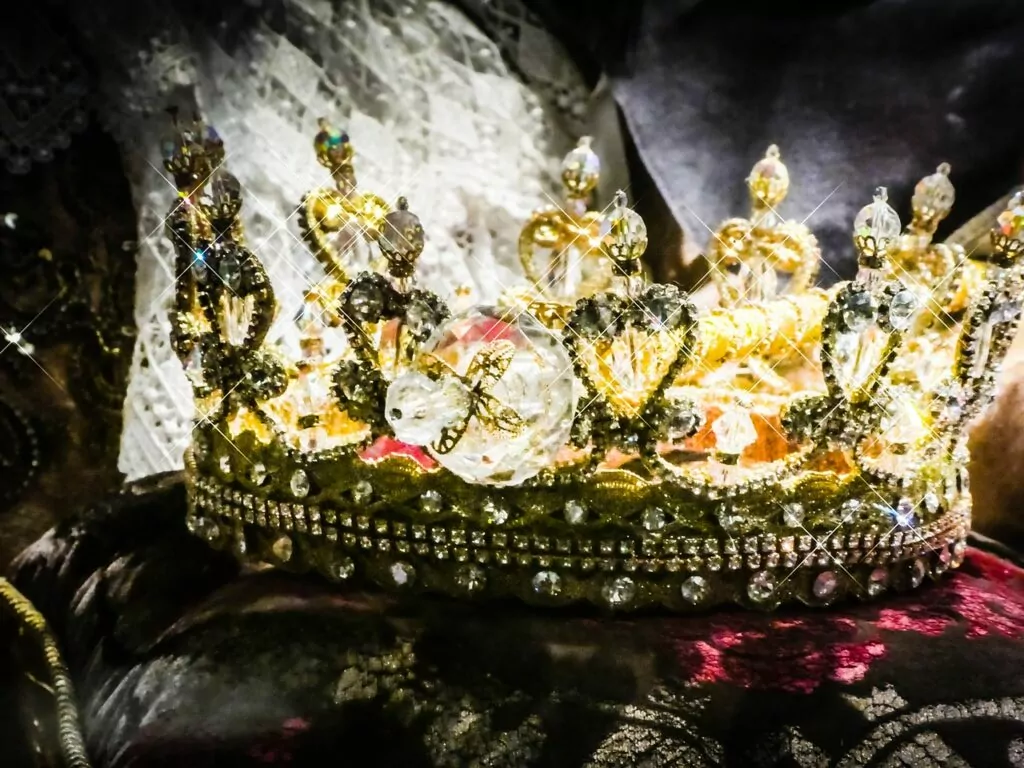
3. The capital Rabat is not the largest city
Rabat is the capital of Morocco, but it is not the largest city in the country, ranking 7th. The largest is Casablanca, with just over 3.3 million inhabitants.
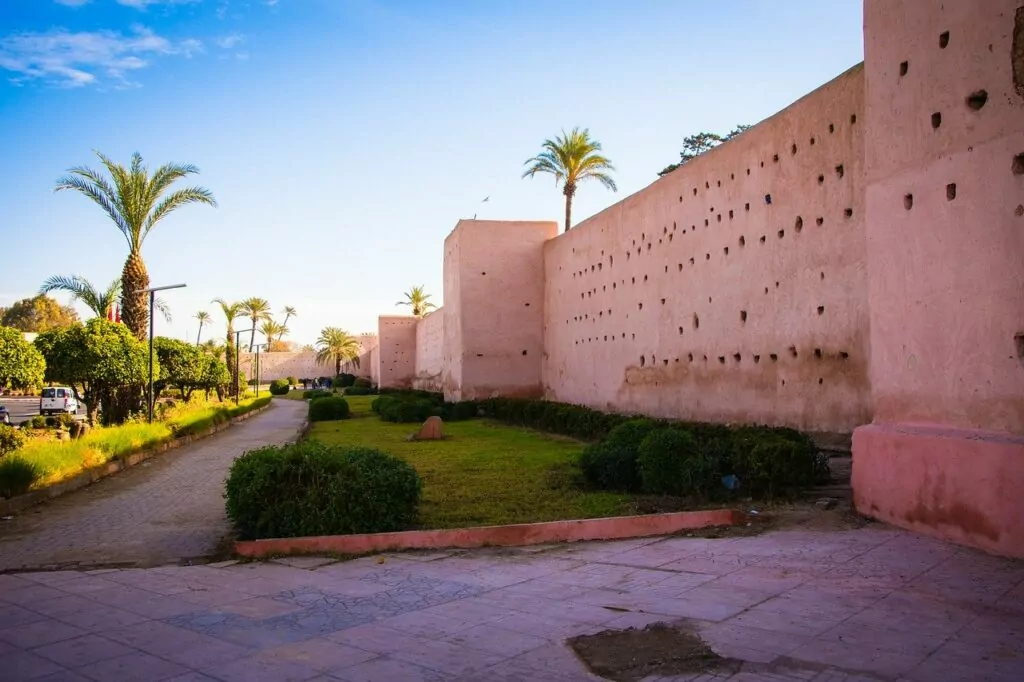
4. 10-12 million Berbers live in Morocco
Morocco is home to around 10-12 million Berbers, according to English-language Wikipedia. Berber is the name of the indigenous people of North Africa, in turn divided into different ethnic groups.
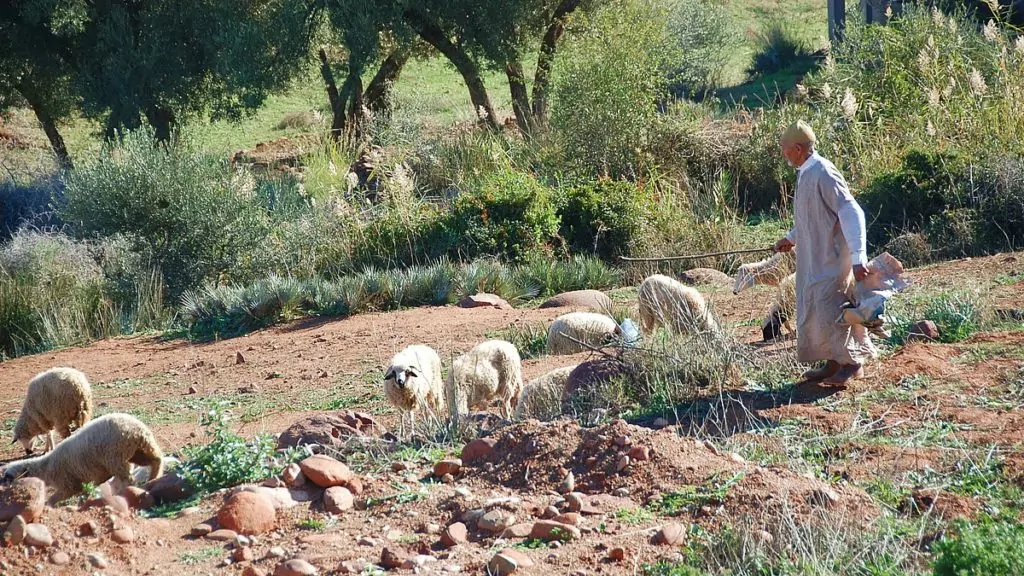
5. French (and Spanish) protectorate
Between 1912 and 1956, most of Morocco was a French protectorate (i.e. under the control of France as a defence force) and a smaller part was a Spanish protectorate.
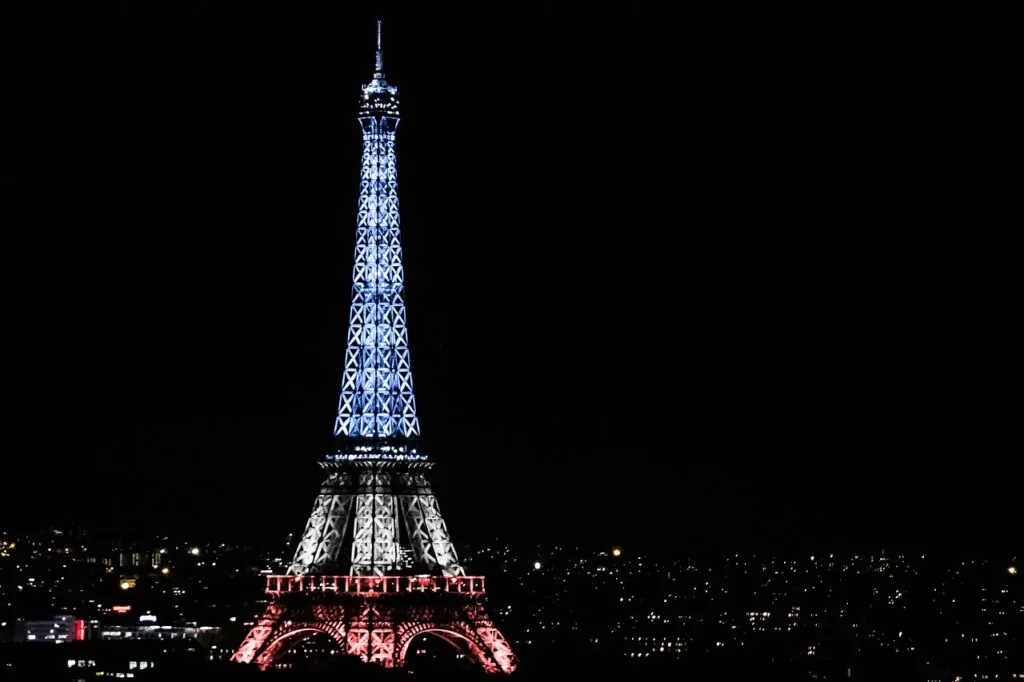
6. Most Moroccans speak several languages
Arabic is spoken in Morocco, and the Berbers also speak the Berber language. Many Moroccans also speak French, and some speak English or Spanish.
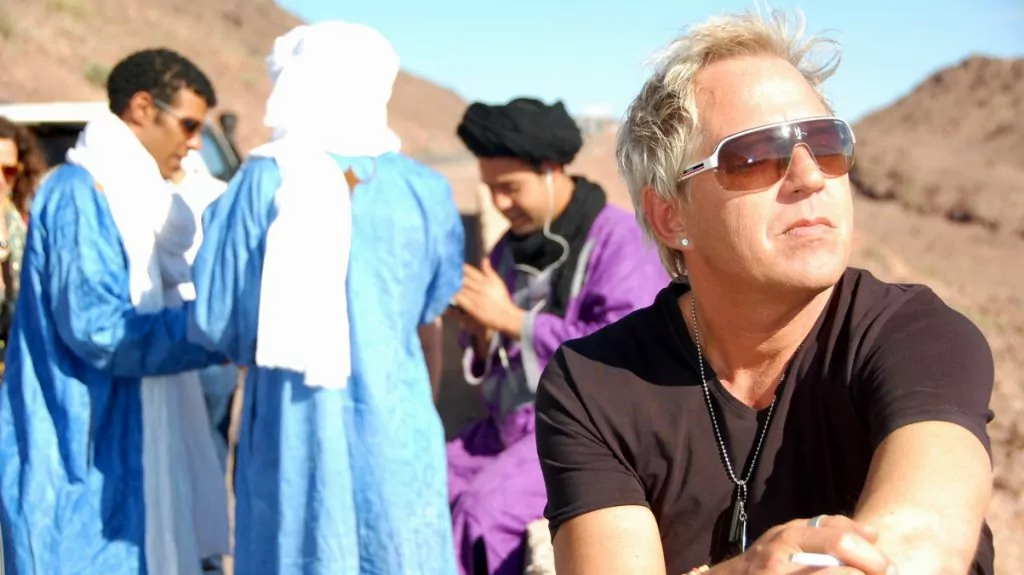
7. al-Qarawiyyin University is the oldest in the world
Al-Qarawiyyin University, located in Fez, is the world's oldest university still in use. According to information about Morocco, the university was founded in 859 AD.
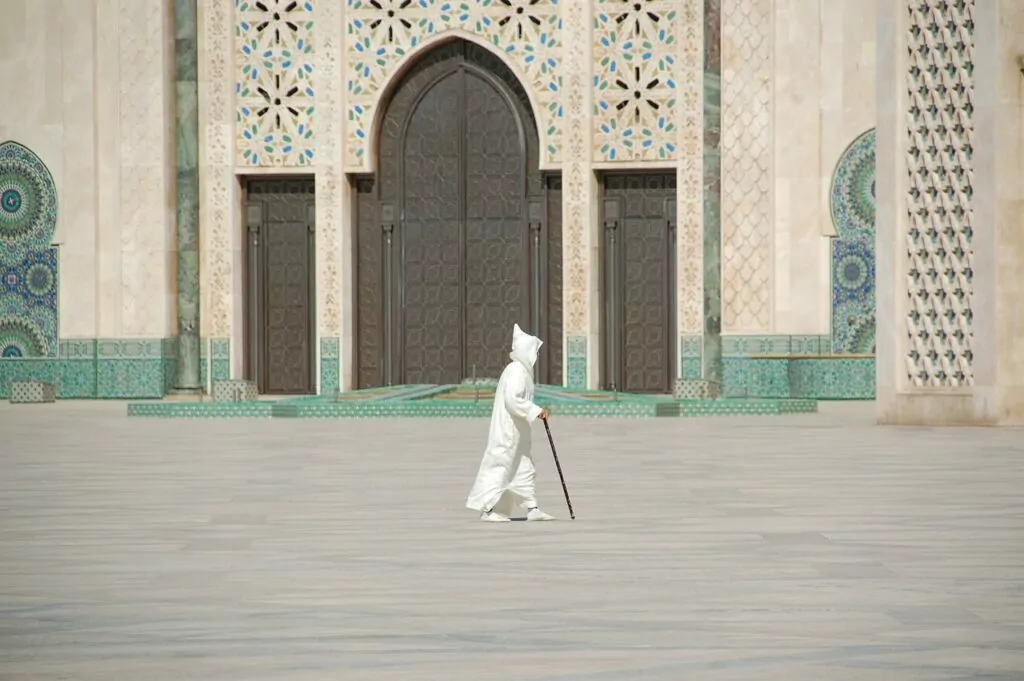
8. around 99 % of the population are Muslims
Islam is the main religion in Morocco, with almost 99 per cent of the population being Muslim. Not all are necessarily practising, but festivals such as Ramadan are very important.
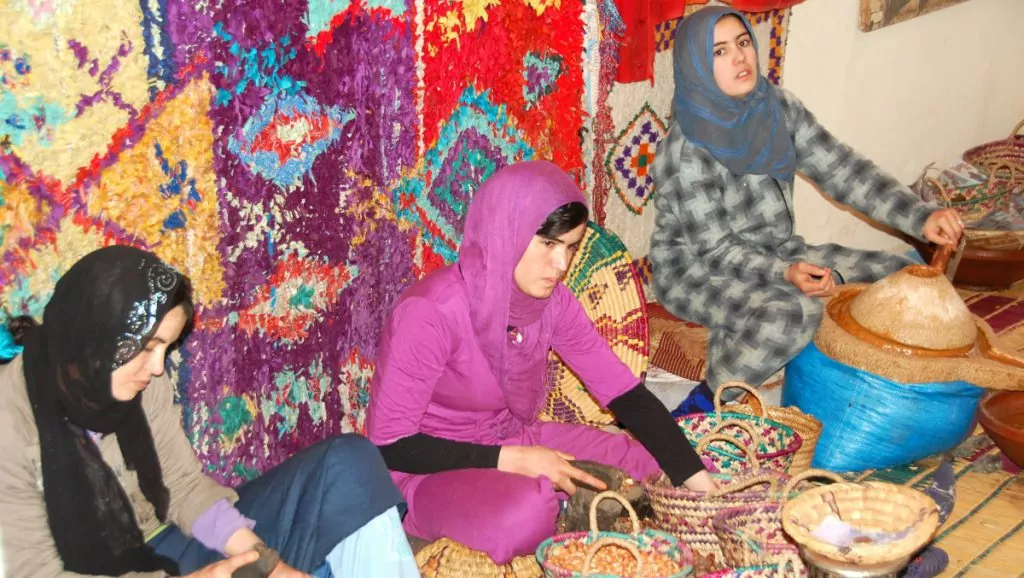
9. During Ramadan, restaurants may be closed.
During the Muslim fasting month of Ramadan, eating, drinking or smoking in public places is not allowed from sunrise to sunset. Hotel restaurants remain open, but conceal their entrances.
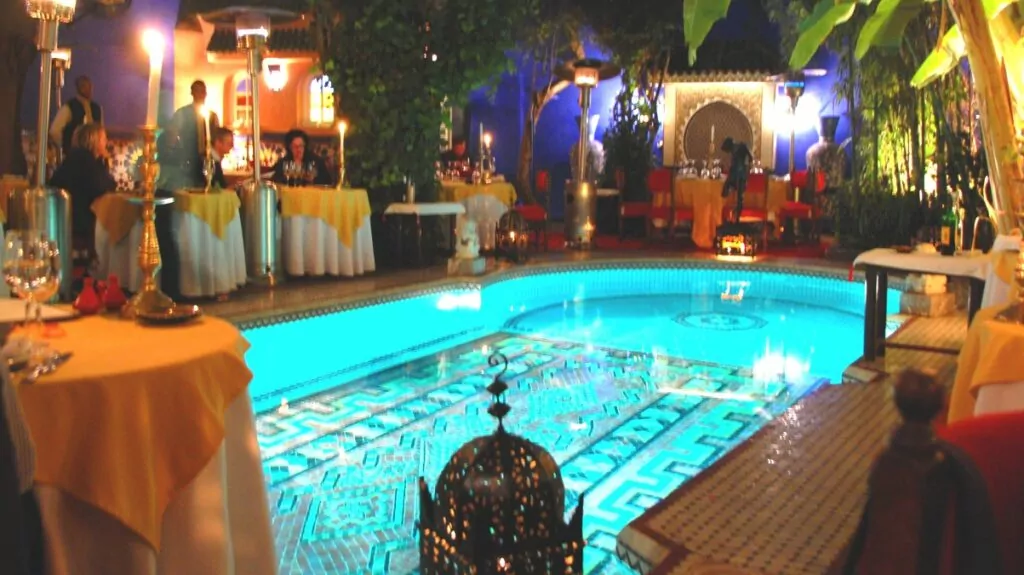
10. The world's tallest mosque - with a lift
Located in Casablanca, the Hassan II Mosque, with its 210 metre high minaret, is the tallest mosque in the world. It is also the only mosque in the world with a lift.
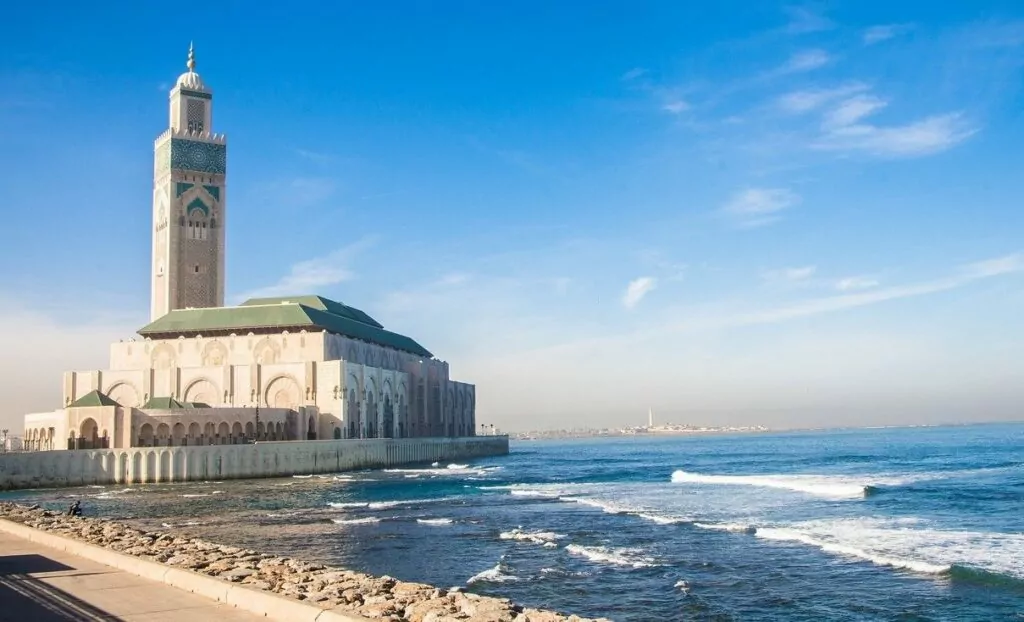
11. A riad is a house with a courtyard.
A Moroccan riad is a house or palace with a courtyard. Today, many of these houses have been converted into hotels and the word "riad" often refers to these hotels.
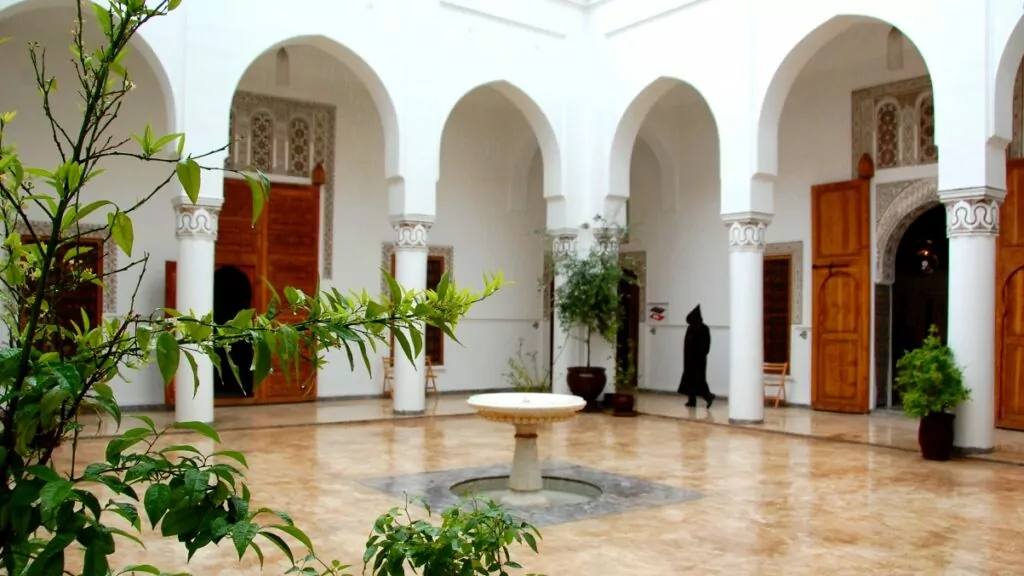
12. red-clad men with bells are water carriers
The beautiful red-clad men ringing a bell used to deliver water for a living. Today, many are happy to pose for tourists' photos in exchange for a few coins.
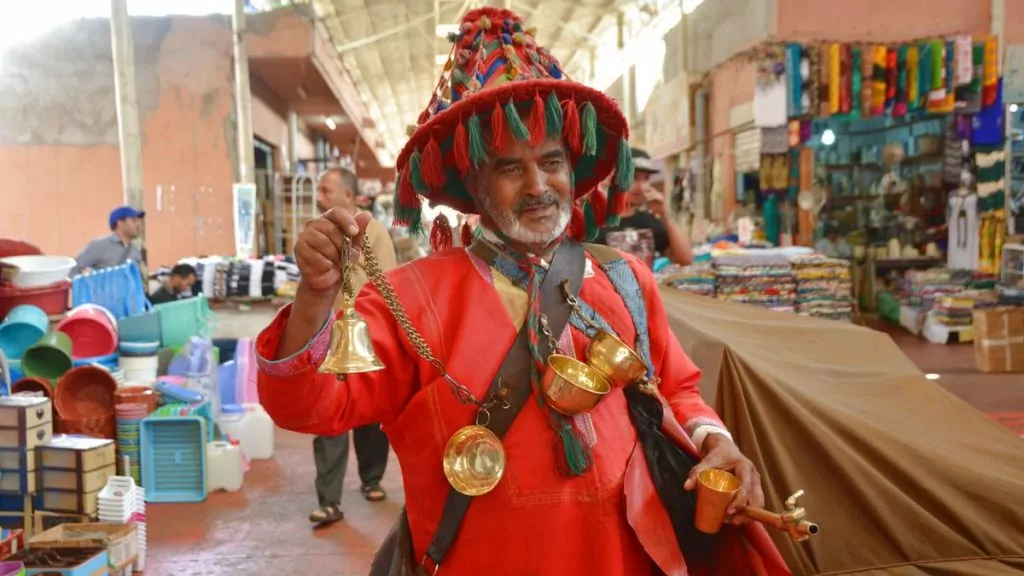
13. Jbel Toupkal is the highest mountain in North Africa.
At 4167 metres above sea level, Jbel Toubkal is the highest peak in North Africa. The mountain is located in Atlas Mountains about 63 kilometres south of Marrakech.
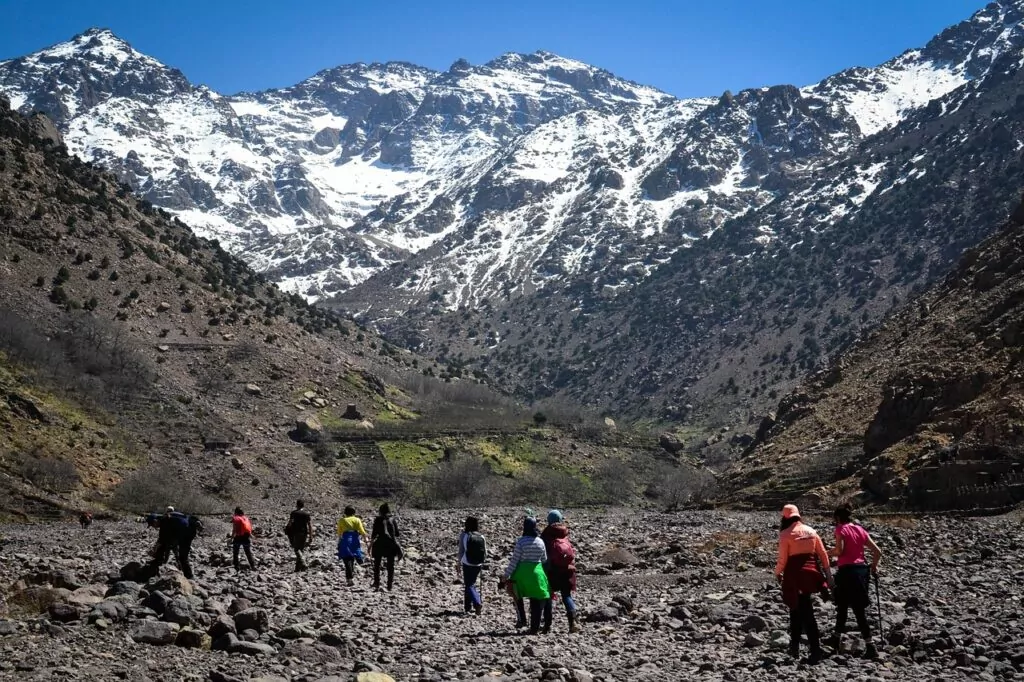
14. Goats climbing trees
In Morocco you can see goats climbing trees. The goats climb argan trees to access argan fruit, but today also because goat farmers want to earn "photo money" from tourists.
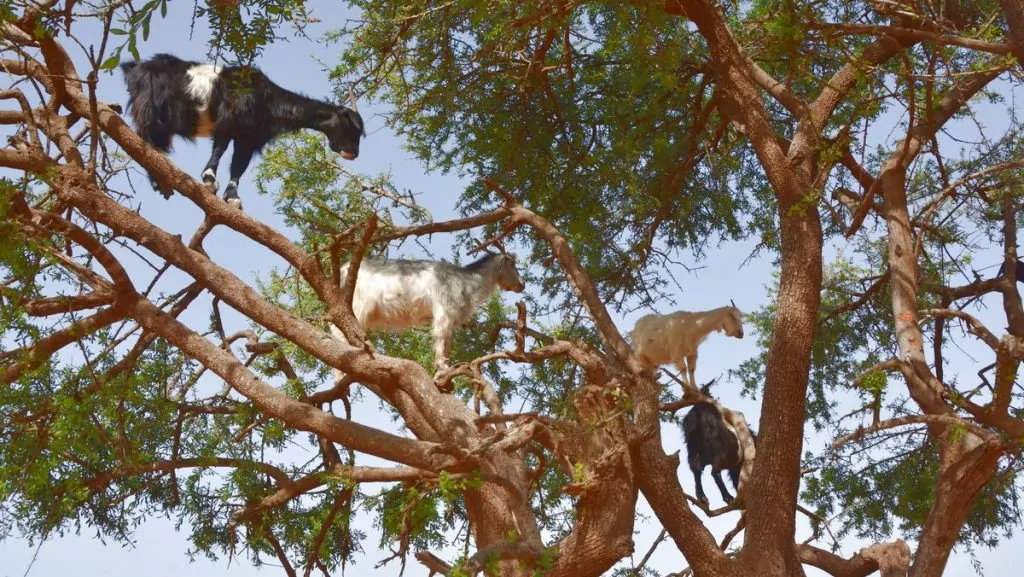
15. Morocco is a proud producer of argan oil
Argan oil is produced from the seeds of the argan tree and the process takes a long time, making it an exclusive oil. The oil is used both as a cooking oil and in various beauty products.

16. Abundance of oranges
Moroccans love their juicy oranges, and sliced orange is a common dessert. Citrus fruits are also one of the country's biggest exports.
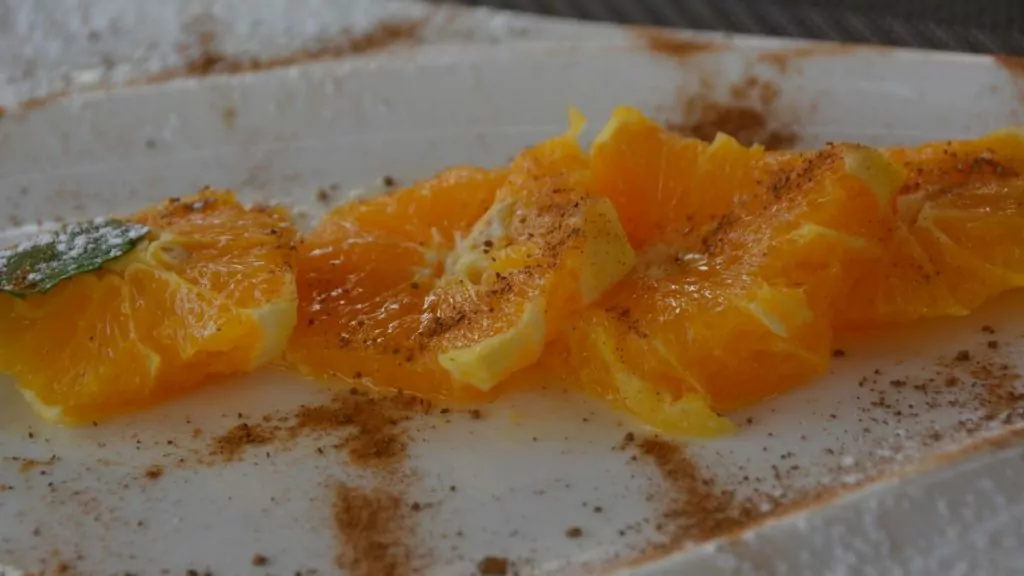
17. Morocco has been producing wine for 2000 years
There were already vineyards in Morocco 2000 years ago and, according to various facts about Morocco, it was the Phoenicians who introduced wine in ancient times.
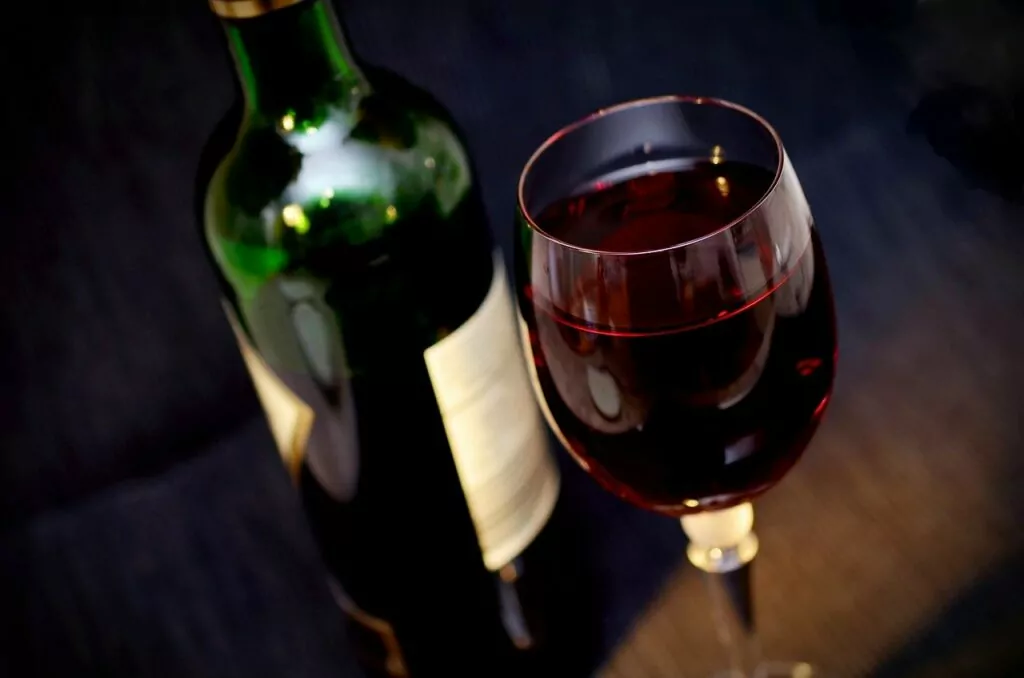
18. Moroccans love tea
Tea is not only a drink in Morocco but also a symbol of hospitality. On all occasions you are offered sweet mint tea, often carefully poured from beautiful pots.
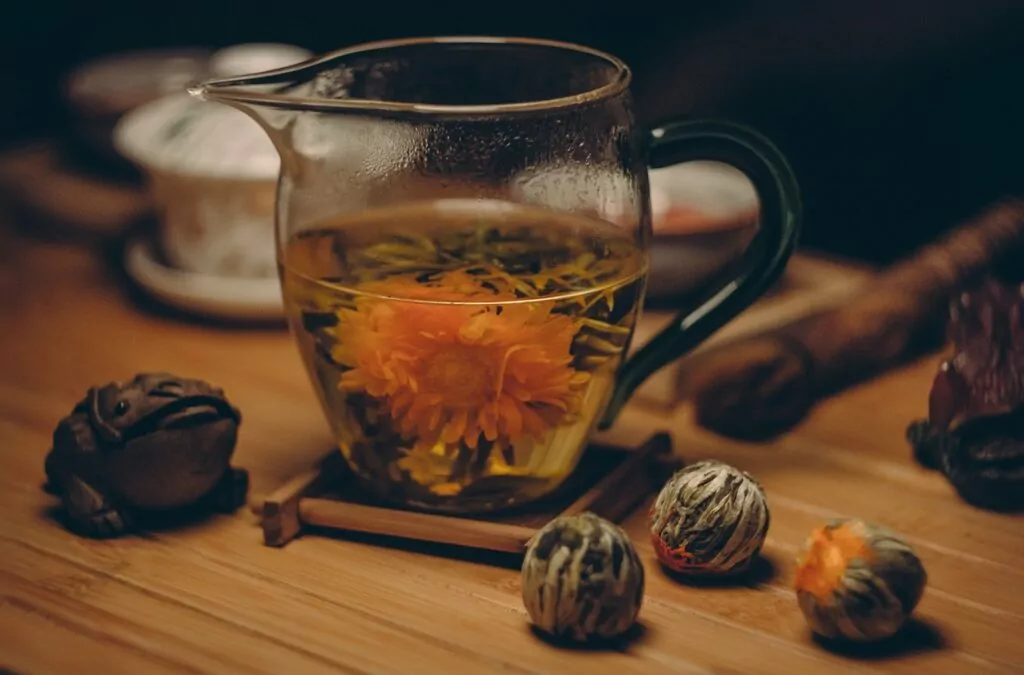
19. Moroccan cuisine is full of spices and fruit
Moroccan food has been influenced by Berber, Arab, Mediterranean and other African countries, and is full of spices and fruit, such as dates and raisins.
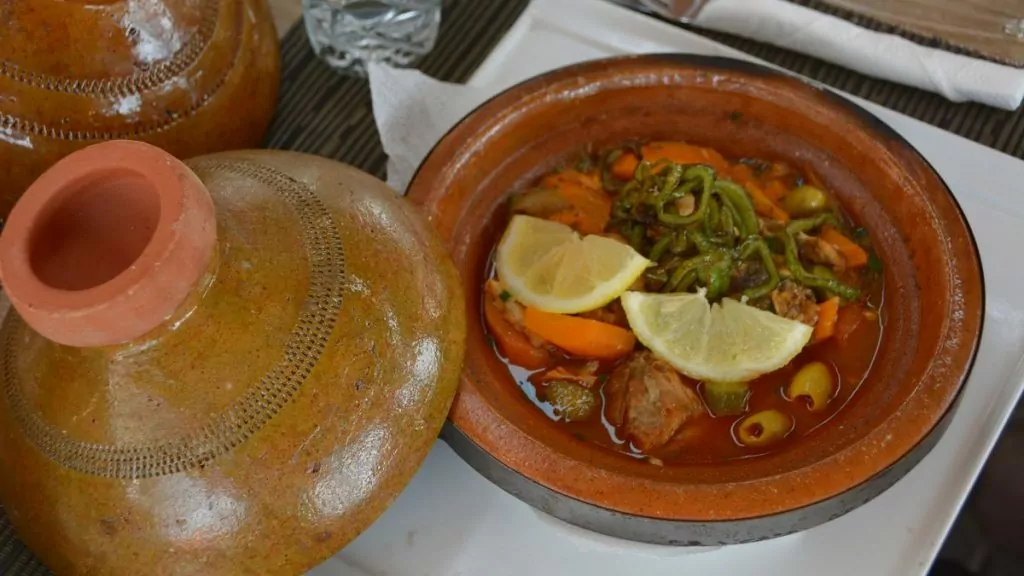
20. Marrakech is sometimes called 'the red city'
Marrakech is sometimes referred to as 'The Red City', simply because the houses are a light salmon pink colour. As the sun sinks, the red colour becomes even warmer.
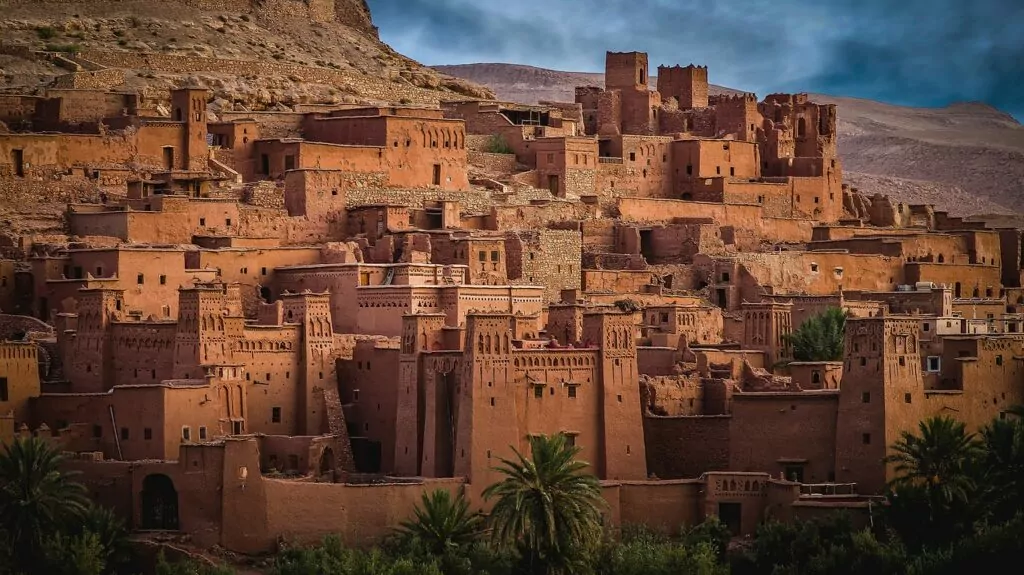
21. Chefchaouen is sometimes called 'the blue city'.
The city of Chefchaouen in the Rif Mountains in northern Morocco was founded in the 15th century and is often referred to as the 'Blue City', as the houses in the old medina are coloured many shades of blue.
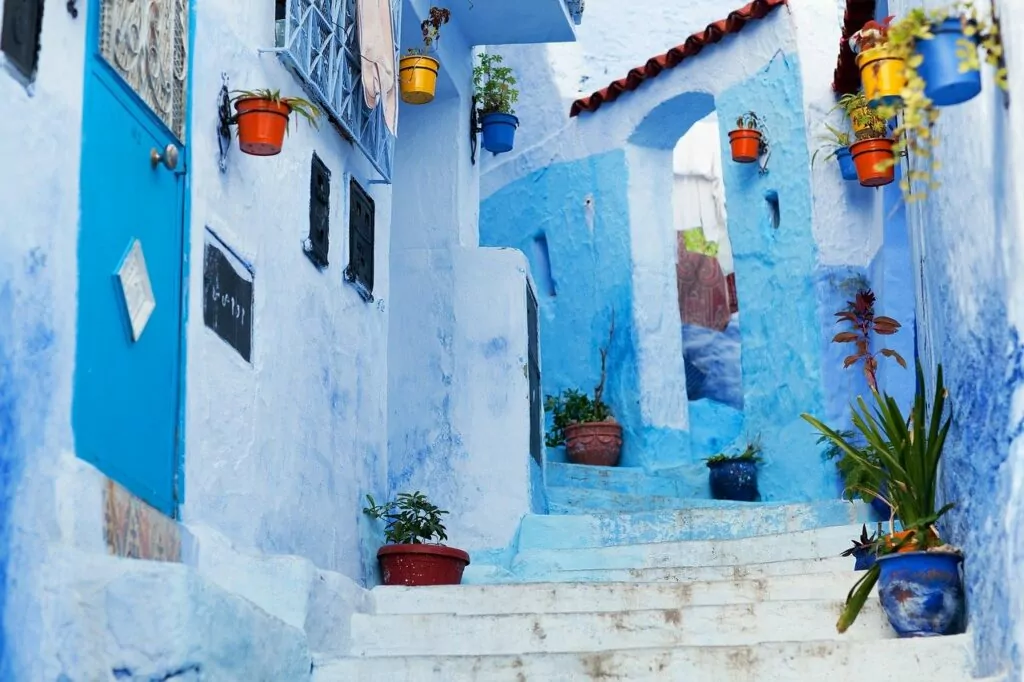
22. Taroudant is sometimes referred to as "Little Marrakech".
The small town Taroudant, located less than 30 miles from Agadir, is sometimes referred to as 'Little Marrakech'. This historic city is surrounded by a six kilometre long city wall.
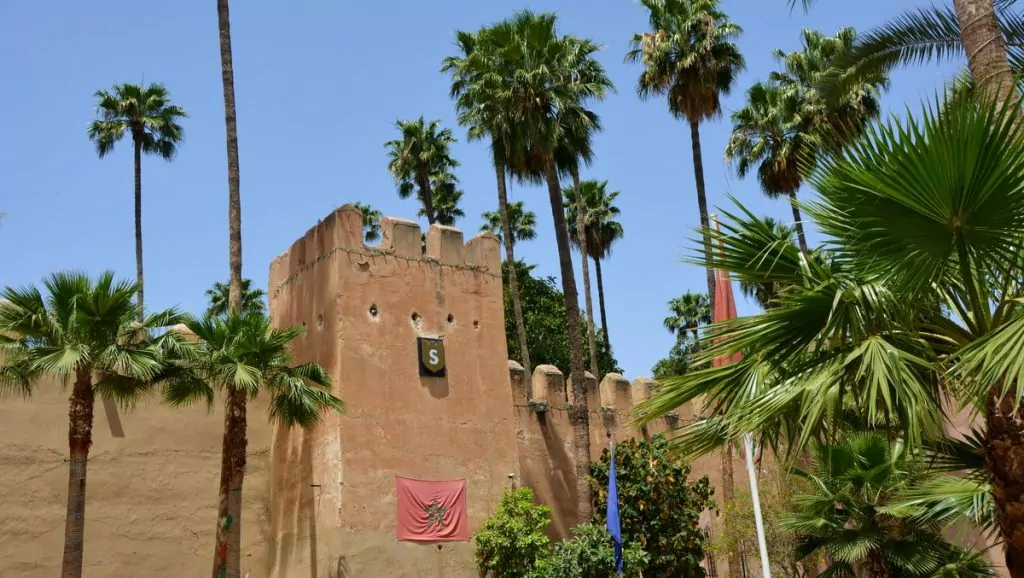
23. You can camp in the Sahara with a water toilet and shower.
Those who wish can experience Sahara desert from a luxury campsite. Camp Erg Chigaga is one of the campsites that offers tents with water toilets and showers.
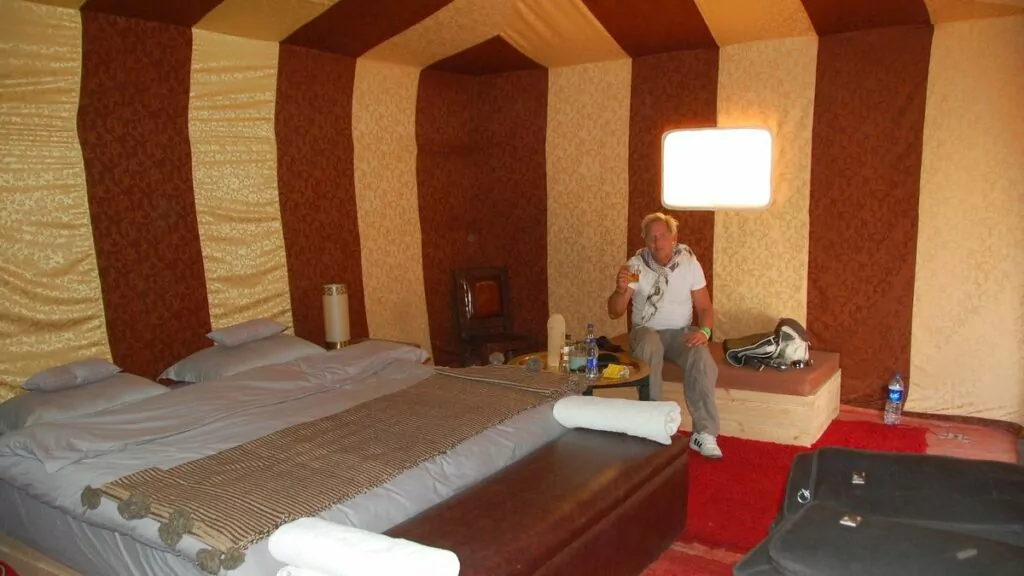
24. more than 12 million tourists per year
In 2018, Morocco was visited by 12.3 million tourists. Many of these tourists come from Europe, especially from France and Spain.
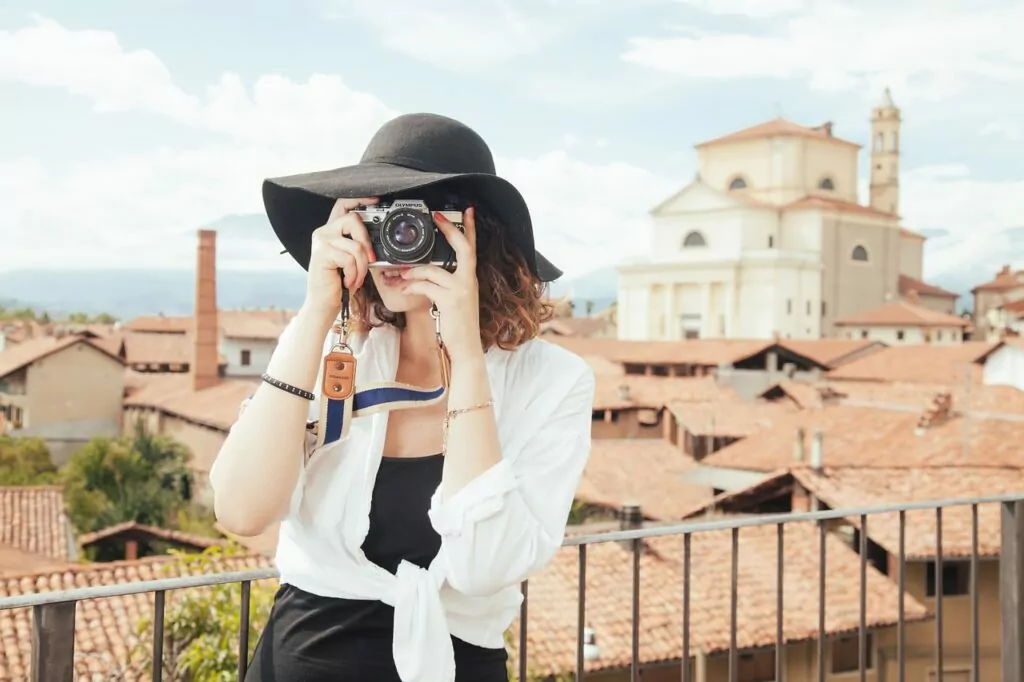
25. Yves Saint Laurent had a house in Marrakech
Fashion designer Yves Saint Laurent found a lot of inspiration from colourful Morocco. He lived partly in Marrakech and in 1980 he bought the garden. Jardin Majorelle.
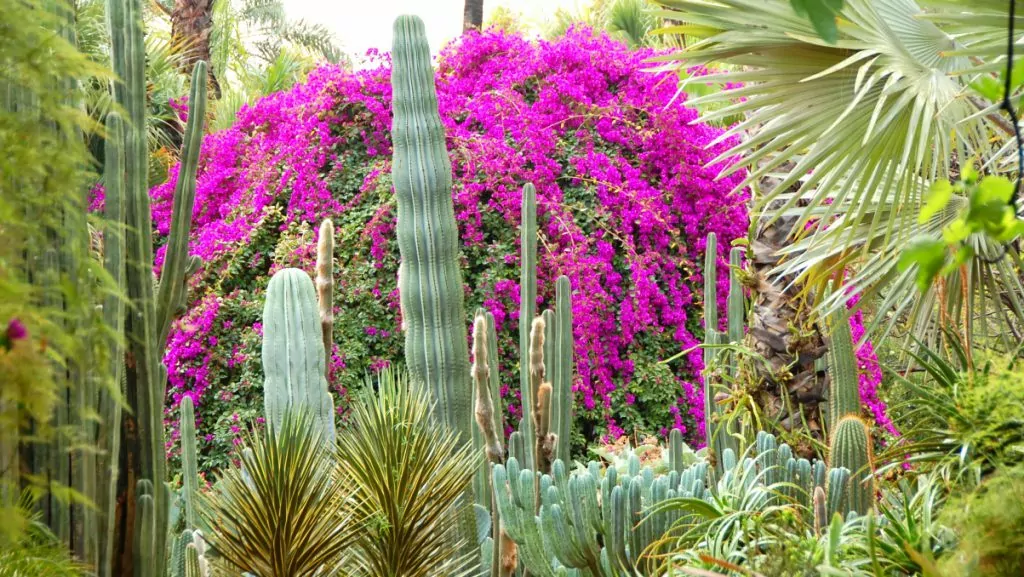
26. The film Casablanca put Casablanca on the map
The year 1942 saw the release of the American romantic drama film Casablanca, which put the city of Casablanca on the map. The city was then in the 'French Protectorate of Morocco'.
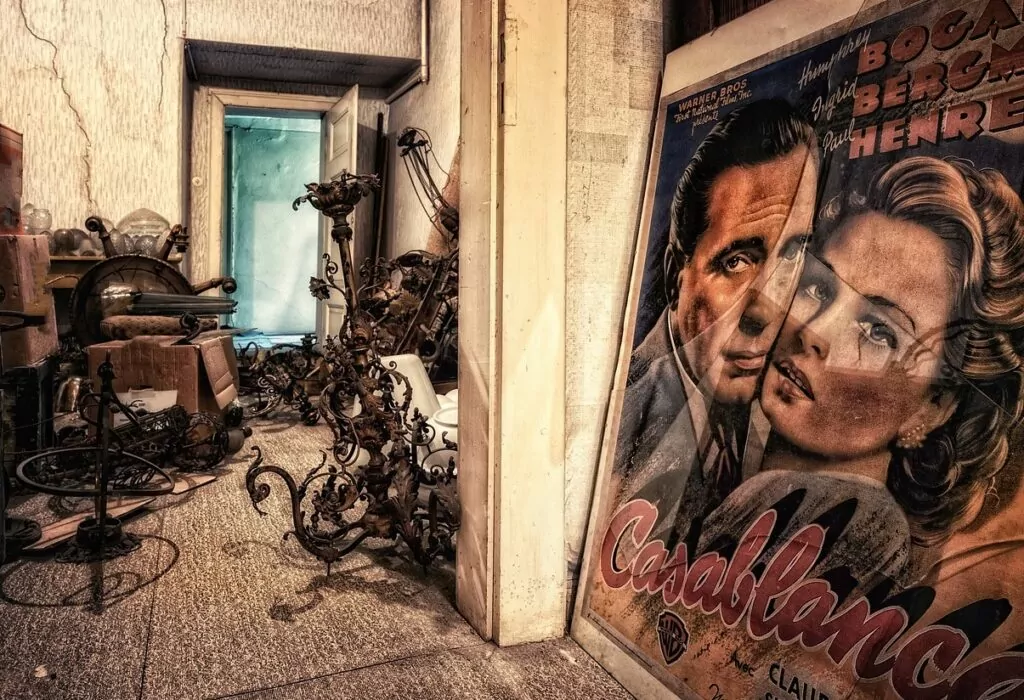
27. Game of Thrones filming locations
Many scenes on the continent of Essos and in the city of Dorne in the TV series Game of Thrones was filmed in Morocco in the old town of Ait-Ben-Haddou.

28. The world's largest film studio
The world's largest film studio, Atlas Film Studios, is located just outside Ouarzazate in Morocco. Here, scenes from Black Hawk Down, The Mummy Returns, Starwars, Gladiator, Lawrence of Arabia, Jesus of Nazareth, Alexander, Babylon and Prince of Persia have been filmed, among others.
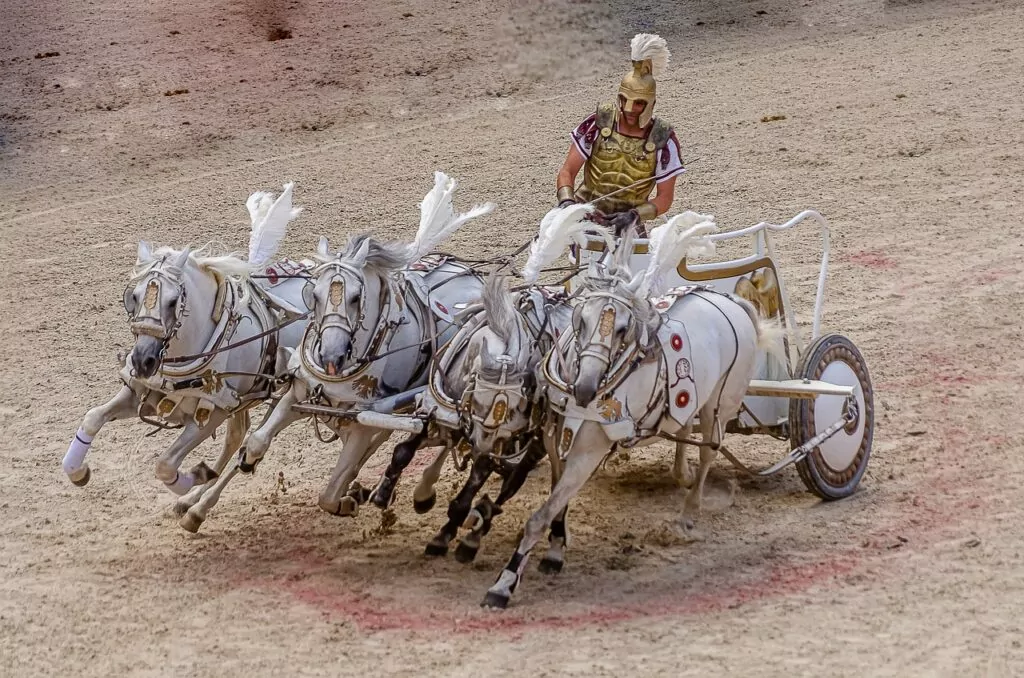
29. Dinosaur fossils
Dinosaur fossils have been found in the Sahara. The fossils are at least 66 million years old, as this is when the dinosaurs became extinct.
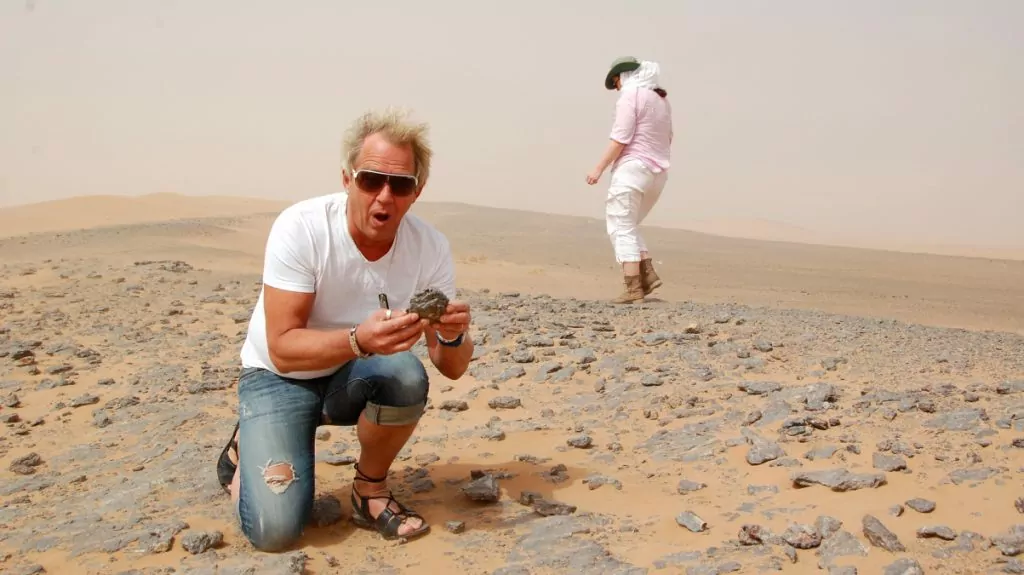
30. Plenty of campsites
Many Europeans like to bring their motorhome to Morocco, and this is fine. There are a lot of campsites in Morocco.
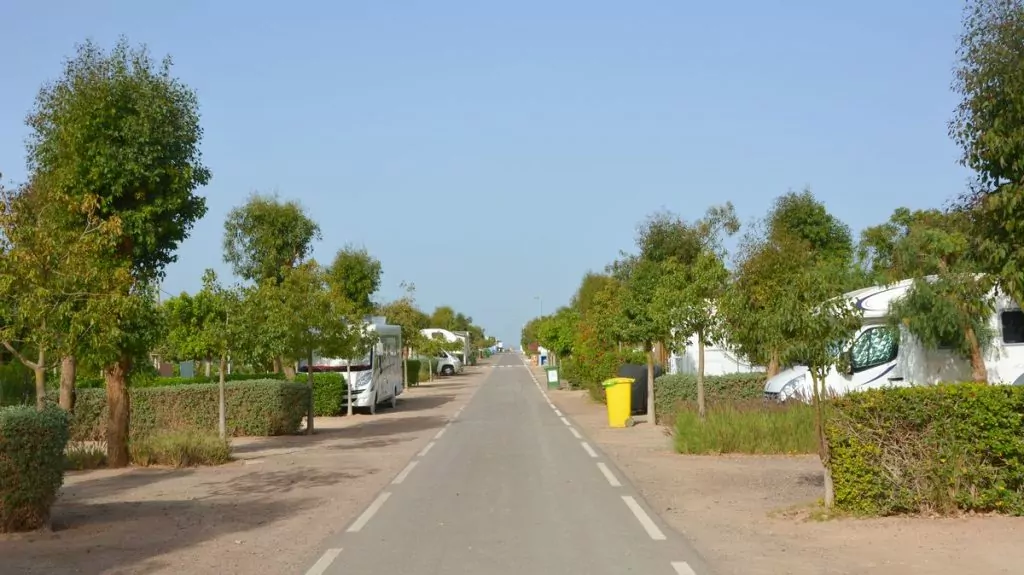

More facts about Morocco
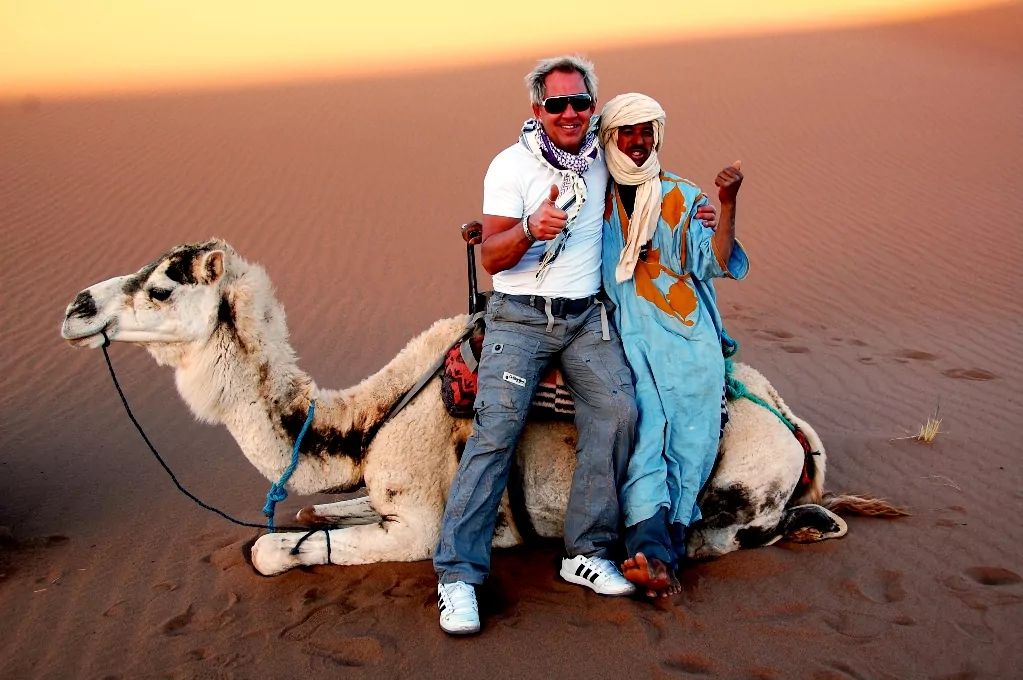
- Longest river? The Drâa or Dra is Morocco's longest river and flows in the south-west of the country. It flows from the High Atlas Mountains to the Atlantic Ocean, which it reaches only after snowmelt and heavy rainfall.
- Morocco's second largest city? Fes with 1,112,072 inhabitants
- Biggest lake? Lake Ifni
- Moroccan sea? North Atlantic and Mediterranean
- Biggest sports? Football
- Morocco's neighbours? Algeria, Western Sahara, Spain, Atlantic, Mediterranean and Mauritania.
- Morocco's climate? Morocco has a Mediterranean climate, but the interior is warmer and drier. In the mountains in the north it is colder because the mountains are high and you will need a jacket to avoid freezing. It also gets colder at night.
- UNESCO World Heritage? Morocco has 9 of them
- Dromedaries? 70 000 Dromedaries in Morocco (not camels)
Information on Morocco for travellers
Surprising facts about Morocco?
Were these perhaps some surprising facts about Morocco, or did you already know everything? Do you have any more exciting facts about Morocco to share?

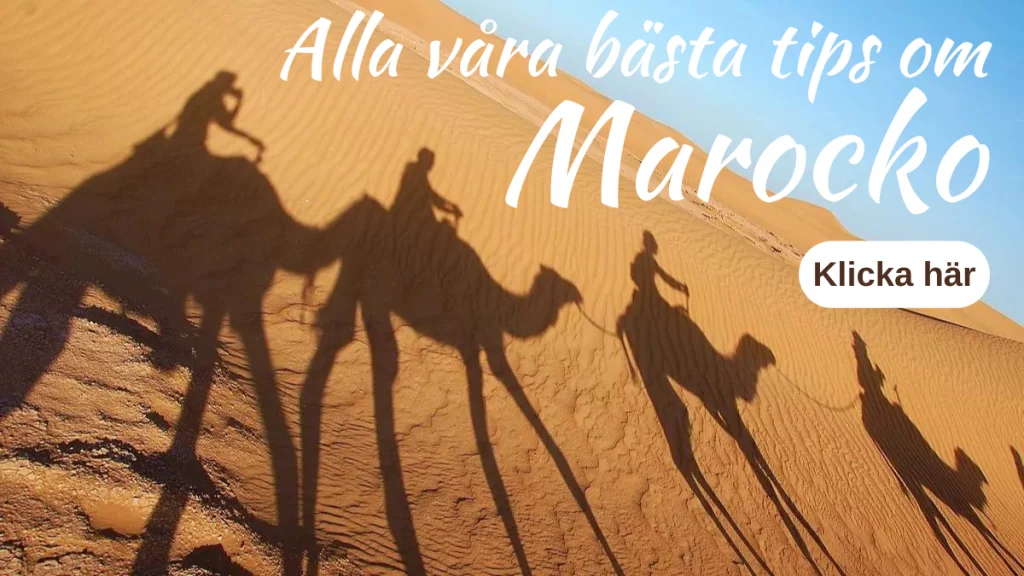
Morocco facts
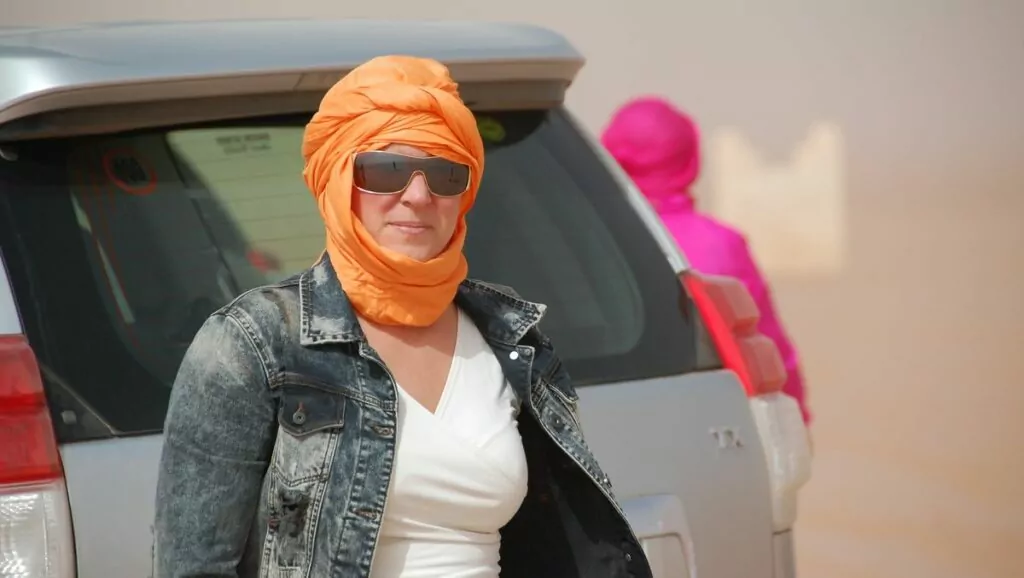
- What country? Morocco
- Residents? Around 35 million (2017)
- Statehood? King
- Language? Arabic, Amazigh
- Capital city? Rabat 929 000 inhabitants (2020)
- Currency? Moroccan Dirham
- Time difference? None
- Country number? 212
- Emergency number? Police: 19, Medical and fire: 15
- National Day?30 July (Trond Day)
- National bird? None
- Flag? From 17 November 1915, the red colour symbolises the kinship between the royal family and the Prophet Muhammad... via the fourth Caliph Ali's wife Fatima, who was the daughter of Muhammad. Red has also long stood for the power of Morocco, and the green pentagram is a five-pointed version of Solomon's seal.
- National anthem? Cherifian Hymn
- Water? Not drinkable
- Price point? Cheap
- Language? Arabic and the Berber language Amazigh (many also speak French and some speak English or Spanish).
- Religion? Islam
- Statehood? Constitutional monarchy
- Biggest cities? Casablanca, Fez, Tangier, Marrakech, Salé, Meknes, Rabat, Oujda, Kenitra, Agadir
- Watch out for? Travelling alone as a woman is difficult as men have an empowering role and have to make decisions.
- To think about? Morocco is a Muslim country and although it is relatively tolerant, you should not show too much skin, for example. Avoid criticising the royal family or Islam. Alcohol is served in some restaurants but not everywhere.
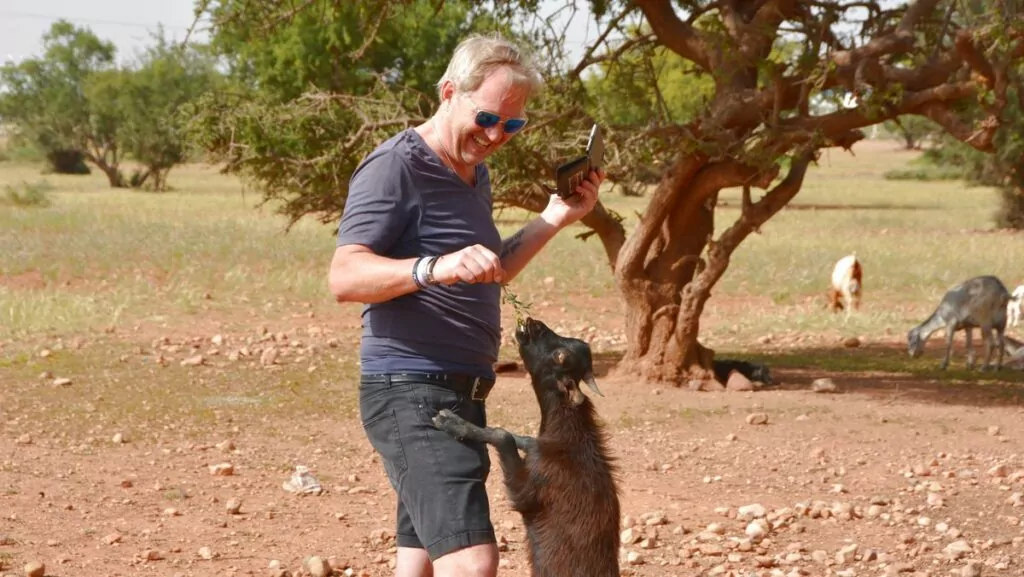
Historical facts about Morocco
UNESCO World Heritage Site
The archaeological site of Volubilis: Founded in the 3rd century BC, the Mauritanian capital became an important outpost of the Roman Empire and was adorned with many fine buildings. Later, Volubilis would briefly become the capital of Idris I, founder of the Idrisid dynasty.
The city of Tétouan: (formerly known as Titawin) Tétouan was particularly important during the Islamic period from the 8th century onwards. The city was built by Andalusian refugees who had been expelled from Spain. Tétouan is an unspoilt city and very complete, hence its World Heritage status.
The city of Marrakech: Marrakesh was founded in 1070-72 by (Berber dynasty Alvoramids). Impressive monuments such as the Koutoubiya Mosque, Kasbah, gardens. Bandiâ Palace, Ben Youssef Madrasa, the Saadian Tombs, Place Jamaâ El Fna.
The Palace of Ait-Ben-Haddou: Earth buildings, surrounded by high walls, are a traditional architecture in southern Morocco. The houses were built together to form a common palace and reinforced with corner towers in Ouarzazate province.
The city of Fes: Founded in the 8th century, it is the oldest university in the world and was the capital in the 13th and 14th centuries when the Berber Marinids ruled Morocco.
The historic city of Meknes: Meknes was founded in the 12th century by the Almoravids as a military settlement. Meknes was the capital of Sultan Moulay Ismaïl (1672-1727), the founder of the Alawite dynasty. The Sultan made it an impressive city in the Spanish Moorish style, surrounded by high walls with large doors.
Portuguese city of Mazagan: (El Jadida) The Portuguese fortress of Mazagan, now part of the city of El Jadida, 90 km southwest of Casablanca, was built as a fortified colony on the Atlantic coast in the early 16th century. It was taken over by the Moroccans in 1769 and was one of the early settlements of the Portuguese explorers in West Africa on their way to India.
The city of Essaouira: (formerly Mogador) Essaouira is an exceptional example of a fortified city from the late 18th century, since its foundation it has been a major international trading port linking Morocco and the Saharan hinterland with Europe and the rest of the world.
The city of Rabat and its old historic centre: Situated on the Atlantic coast in north-west Morocco, you will find the mix between the Arab-Muslim past and Western modernism. The French protectorate from 1912 to the 1930s, including royal and administrative areas, residential and commercial buildings and the Jardins d'Essais botanical gardens and amusement parks. The new city of Rabat is one of the largest and most ambitious modern urban projects built in Africa in the 20th century and probably the most complete. The older parts include the Hassan Mosque (begun in 1184) and the Almohad ramparts and gates, the only surviving parts of the project for a major capital of the Almohad Caliphate, as well as remains of the 17th century Moorish or Andalusian principality.


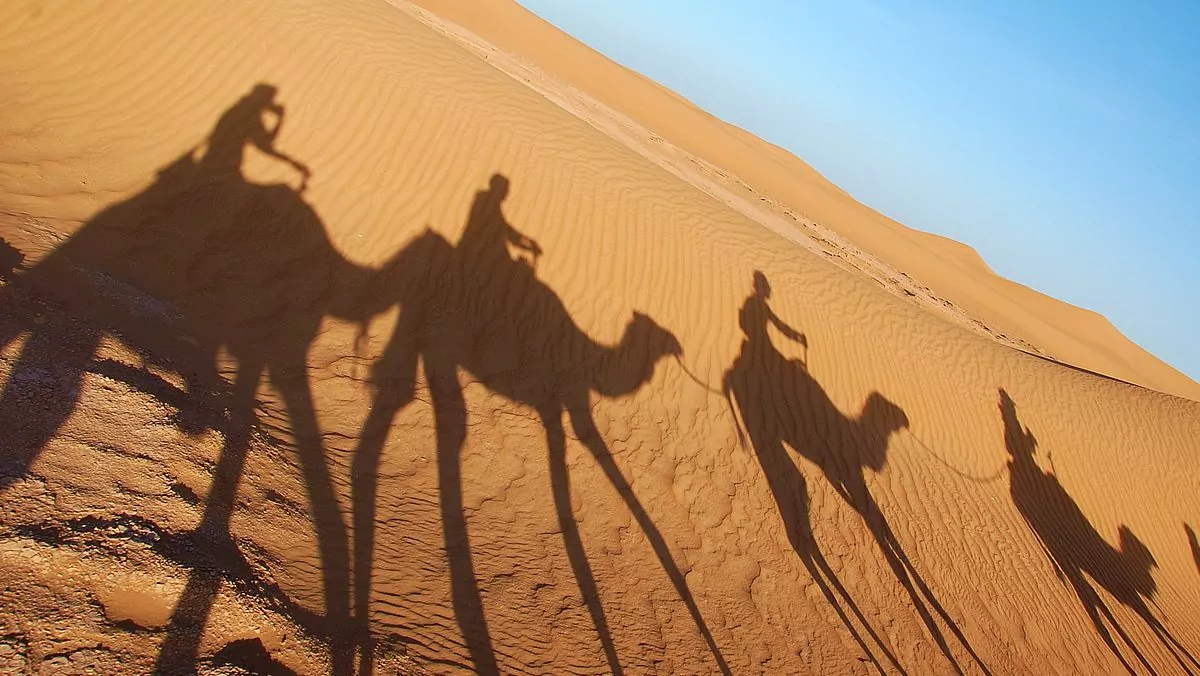






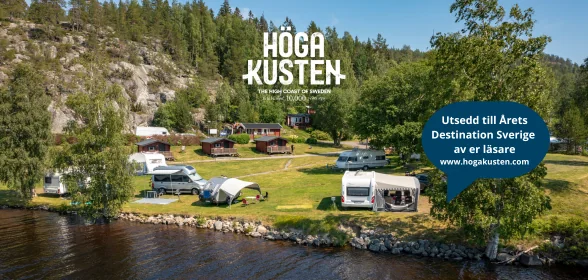


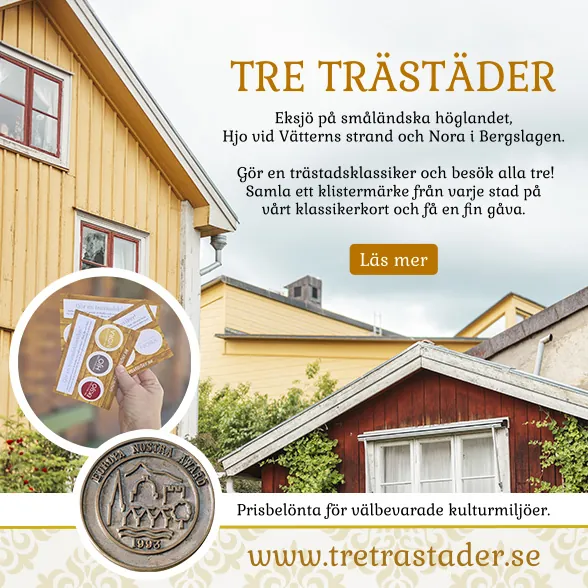
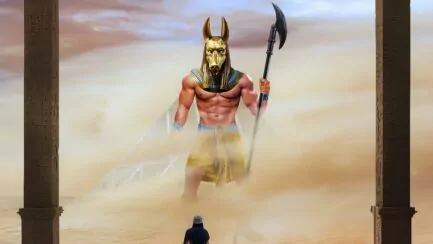
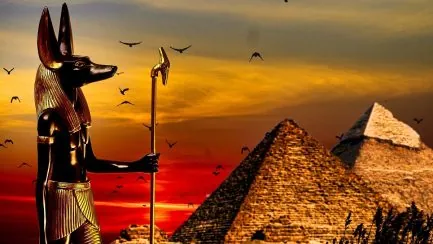
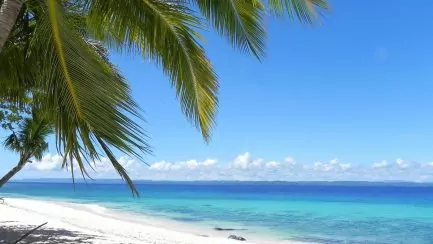
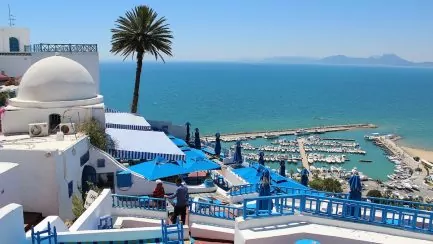
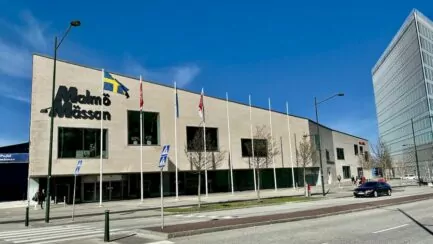
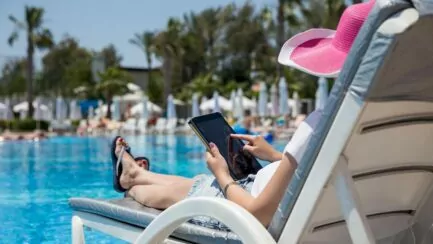



Lena - good for the soul says:
I mean, those goats! So crazy!
Have a nice Sunday! We have packed our backpacks for a little hiking trip.
Hug Lena
19 January 2020 - 8:38
Helena says:
Lovely with a hiking trip! Hope you also have sunshine like us!
19 January 2020 - 12:30
Elisabeth says:
Great research and writing! We have not had the motorhome there but travelled around a bit with Agadir as a base.
19 January 2020 - 11:37
Helena says:
Thank you very much! We haven't brought the campervan in Morocco either, but we have seen many campervans there (and visited a campsite as a "study visit" ;)).
19 January 2020 - 12:31
Ruth in Virginia says:
Don and I took a group trip that started in Madrid, heading south.
and ferry to Morocco, long bus journey to Marakech; ran into the
a snowstorm in the Atlas Mountains. Also visited Rabat and Casablanca.
Didn't see the tree-climbing goats, unfortunately. 🙂
The crowded bazaars (casbah?) in Marakech were unpleasant, I thought.
I felt sorry for the skinny donkeys that lived in there.
It was also the only place where we Americans were verbally abused. If I had gotten away from our guide, I don't think I would have ever been
could get out of the area.
All in all, it was an interesting trip, even if it was during the holidays.
Ramadan.
19 January 2020 - 12:45
Ama de casa says:
Great facts again! 🙂
It's a bit "funny" that Spain wants "back" Gibraltar but doesn't want to give up Melilla and Ceuta. It is also a little unknown that Spain has a third enclave - Llivia - completely surrounded by France. But when we were visiting there, I wonder if we would have known that we had entered Spain if we hadn't known it from the beginning 🙂.
Have a nice Sunday!
19 January 2020 - 14:17
BP says:
We have also been to Agadir three times and Taroudant once. Considering that the population is 99 per cent Muslim, I must say that it felt surprisingly "free" there for Westerners. No strange looks when ordering a glass of beer or wine. And the markets and tagine food were outstanding.
19 January 2020 - 18:08
Anonymous says:
good
13 May 2020 - 9:59
Kamilla says:
Yes yes yes how I like your blog or your travel magazine.
Truly an essential tool for many people who are both curious and travelling a lot.
Go, go, go and keep spreading your information and inspiration
https://kamillaskamera.com/
12 January 2025 - 11:53